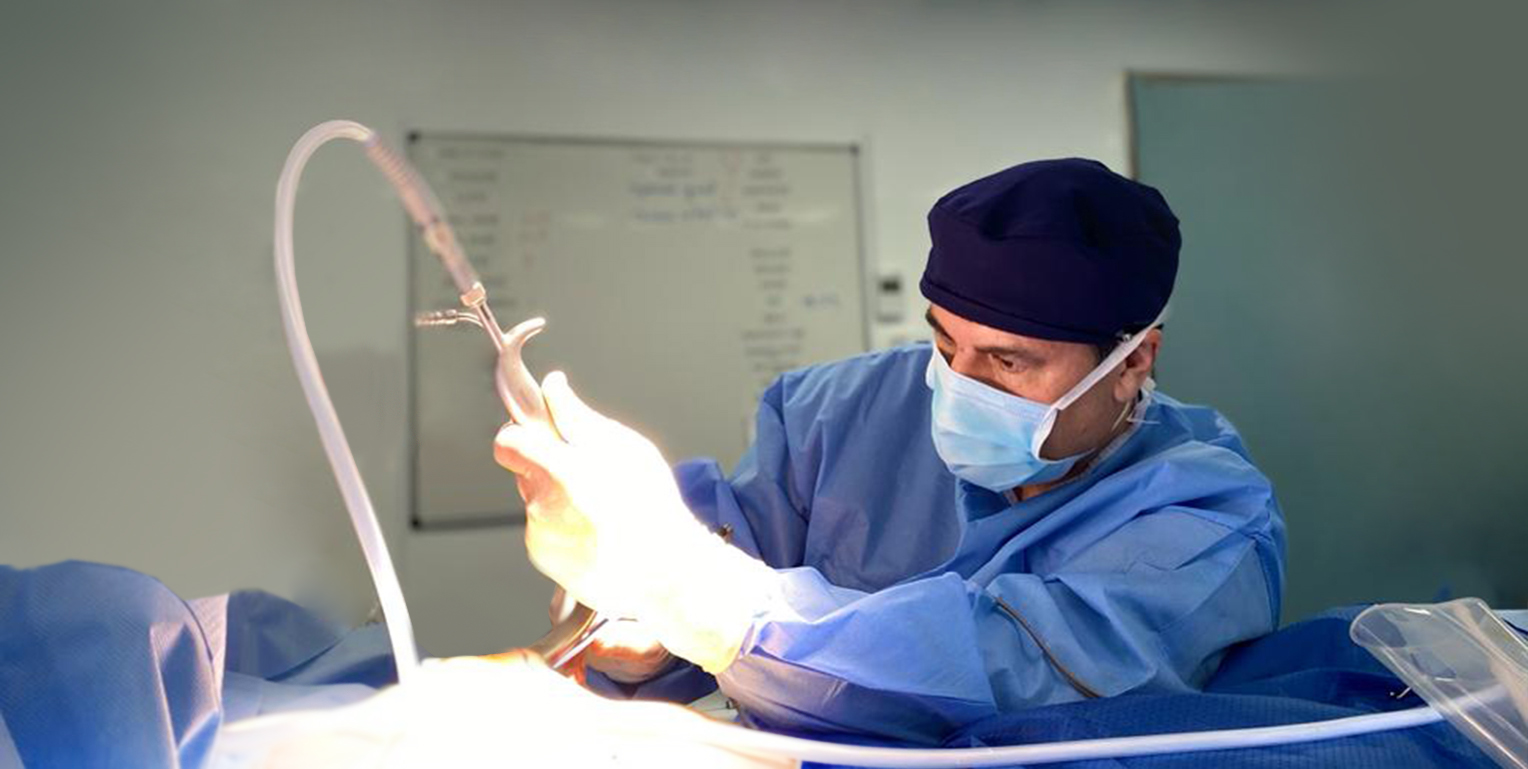
What is Breast Reconstruction?
The purpose of Breast Reconstruction is to restore the original shape and appearance of breast(s) after complete or partial breast removal in cancer patients or to address problems stemming from any number of causes, including congenital breast deformities.
Breast reconstruction makes many patients feel better about their appearance, however it is important to be realistic about the expected outcome. A reconstructed breast may not look exactly like your original breast nor will the sensation be similar. Hence the decision to have a breast reconstructed is a very personal one and you should fully explore your options so as to make the best choice for your body and your life.
Our practice specializes in the most advanced techniques of breast reconstruction surgery and our team will provide you with the advice and guidance best suited to your specific needs. The treatment requires in-depth analysis as well as a fully personalized surgical plan for each individual case. We feel that the more informed you are about Breast Reconstruction upfront, the easier it will be for you to make an informed decision.
TYPES OF MASTECTOMY
Mastectomy is surgical partial or complete removal of one or both breasts in individuals with breast cancer. In the past, complete removal of the breast was the standard treatment of breast cancer; however surgical breakthroughs over the past two decades have given individuals more options than ever before. At present, there are a number of different types of mastectomy in which different incisions are used. Whilst every type of mastectomy may not be right for every patient, the type of incision used and the amount of skin removed will affect the aesthetic results of reconstruction.
Factors affecting the type of mastectomy to be used are age and general health of the patient, size, location and behaviour of the tumour, whether or not the surgery is to prevent cancer instead of treating it (prophylactic), and whether or not the patient intends to undergo reconstructive surgery.
Here are the various types of mastectomy:
- Simple Mastectomy – also known as “Total mastectomy”, this is a procedure that removes the entire tissue of the affected breast including the skin, nipple and areola (the pigmented area surrounding the nipple). However it leaves the muscle under the breast intact.
- Modified Radical Mastectomy – this procedure combines removal of the entire breast tissue from the affected breast with the removal of the axillary (armpit) lymph nodes on the affected side of the body.
- Radical Mastectomy – also known as “Halsted Mastectomy”, this procedure involves removal of the entire breast tissue of the affected breast, the axillary lymph nodes and the pectoralis major and minor muscles behind the breast on the affected side of the body. Only the skin required to close the incision is left in place. It is considered the most disfiguring of the mastectomy procedures, leaving very little tissue other than skin over the rib bones. This procedure is not a common type of mastectomy and is only used when the cancer has spread to the pectoralis muscles or in recurrent breast cancer involving the chest wall.
- Skin Sparing Mastectomy – this procedure preserves most of the normal breast skin, and the affected breast tissue is removed through a conservative incision made around the areola. The nipple and areola are also removed for oncologic reasons as they are intimately associated with the underlying breast tissue.
- Nipple Sparing mastectomy – also known as “Subcutaneous Mastectomy”, this is the most advanced technique available in mastectomy. In this procedure the breast tissue is removed while the nipple and areola are preserved. This is the most advanced and difficult mastectomy technique to perform as the surgeon must remove the ductal tissue directly behind the nipple, yet preserve sufficient blood supply to the skin and nipple and not leave any breast tissue behind. Nevertheless, this will provide patients with the best possible cosmetic results when combined with immediate breast reconstruction.
Prophylactic Mastectomy – also known as “Preventive or Risk-reducing mastectomy”, Prophylactic mastectomy is a procedure to remove one or both breasts to reduce the risk of developing breast cancer in individuals who are at high risk of developing the disease.
Indications for having a prophylactic mastectomy are:
- Family history of breast cancer
- Personal history of breast cancer or having one breast affected with cancer
- Tested positive for BRCA1 or BRCA2 gene mutations (BRCA stand for Breast Cancer Susceptibility Gene. These are human genes that belong to a class of gene known as tumour suppressors. In normal cells, BRCA1 and BRCA2 help ensure the stability of the cell’s genetic material (DNA) and help prevent uncontrolled cell growth. Mutation of these genes has been linked to the development of hereditary breast and ovarian cancer.)
- Diagnosis of lobular carcinoma in situ (LCIS), which is a condition that increases the risk of developing breast cancer in either breast
- Having had radiation therapy to the chest before the age of 30
- Have widely spread breast microcalcifications or have dense breasts (both of these factors make physical breast examination and mammography more challenging.)
Making a decision about whether or not to undergo prophylactic mastectomy is personal and should be considered very carefully. As with all other surgical procedures, there are possible risks and complications associated with prophylactic mastectomy. Nevertheless, many patients find peace of mind in having preventive surgery because the risk of developing cancer is so great when a BRCA mutation is present. Patients who do not have a cancer diagnosis but carry a BRCA gene mutation can achieve a greater than 90% reduction in breast cancer risk by having prophylactic mastectomy.
Prophylactic mastectomy combined with immediate reconstruction, especially when skin sparing or nipple sparing mastectomy techniques are used with autologous tissue reconstruction, provide patients with the most realistic and natural-looking reconstructed breasts.
















